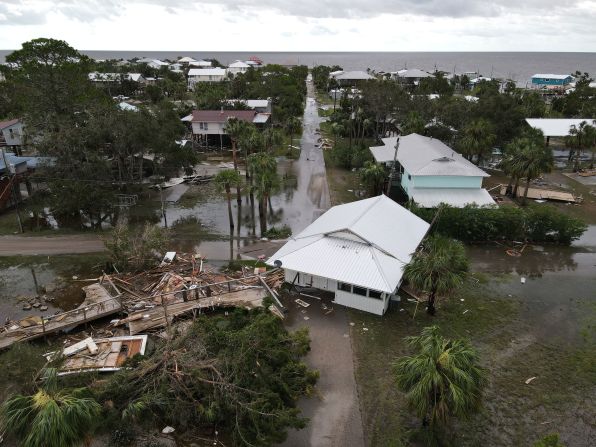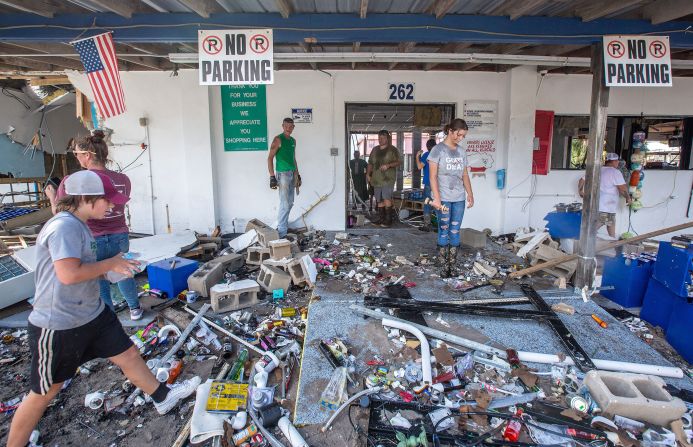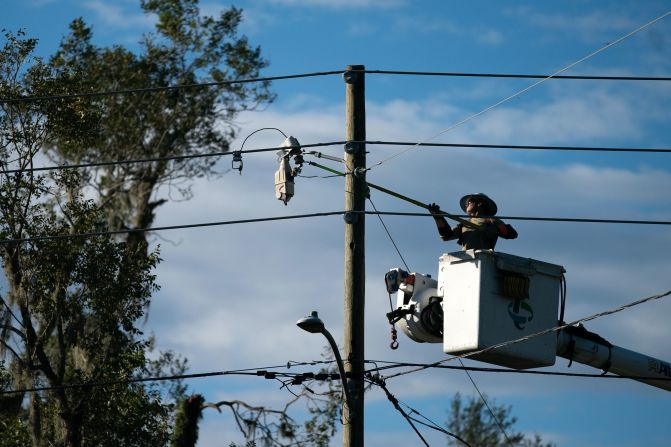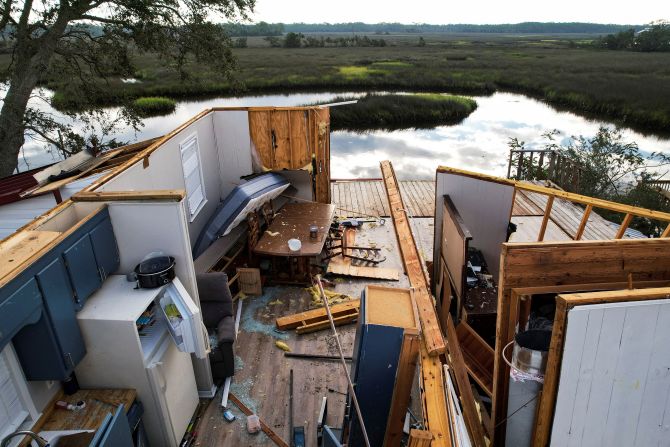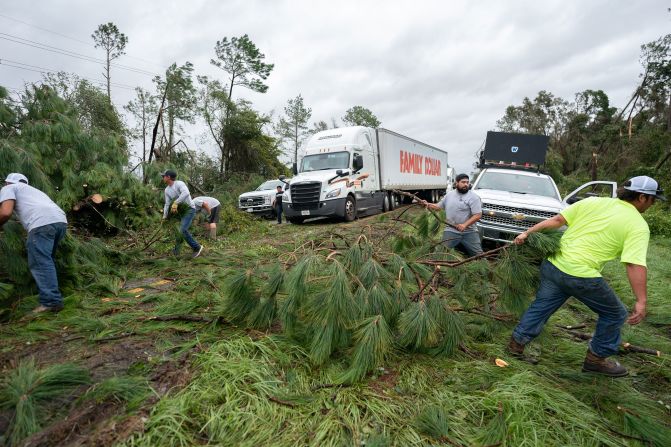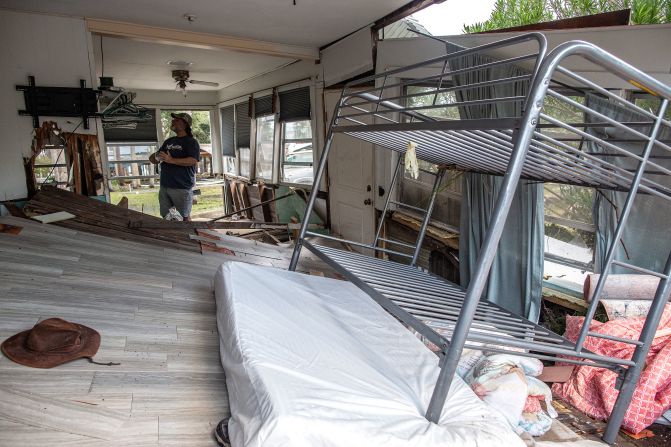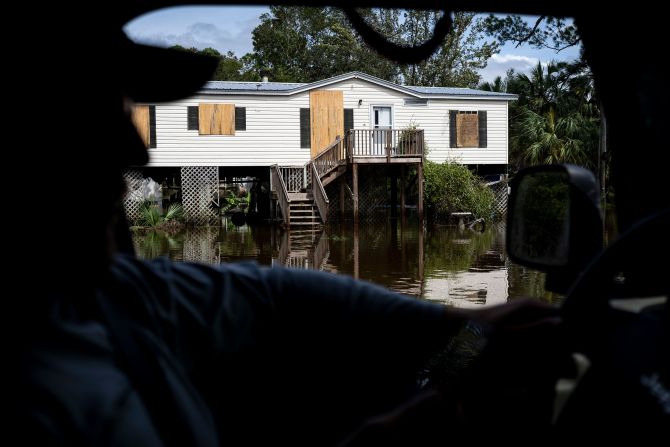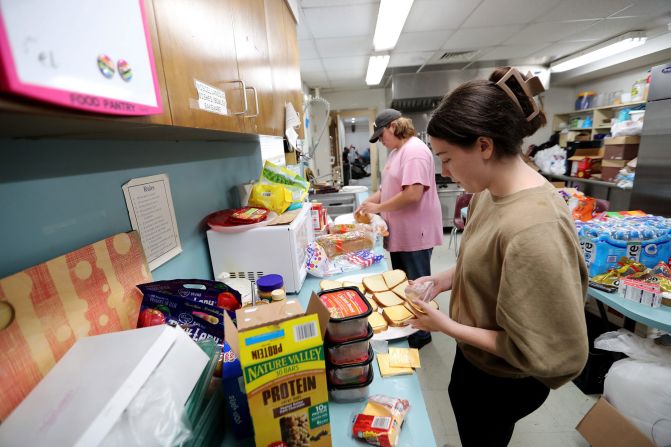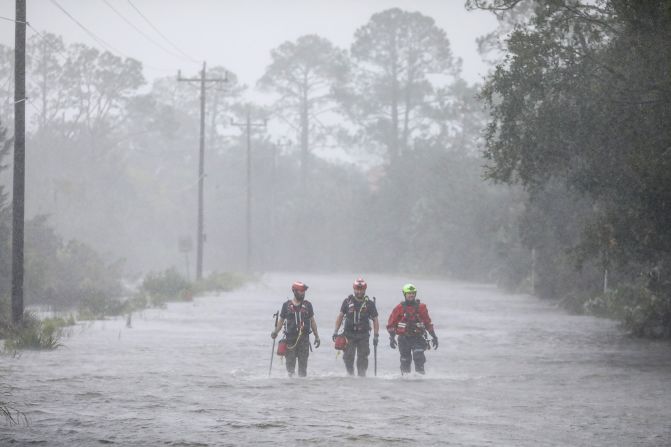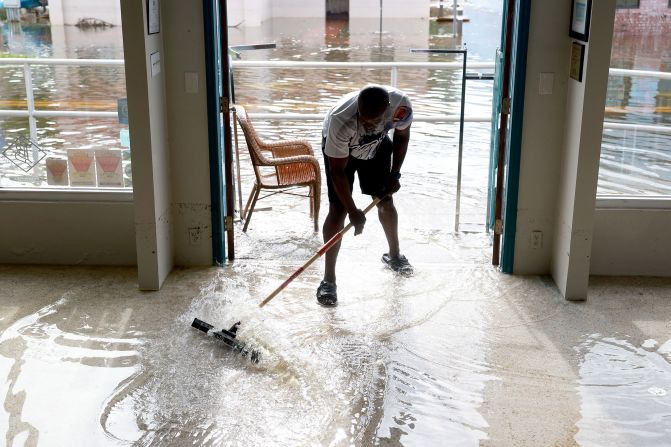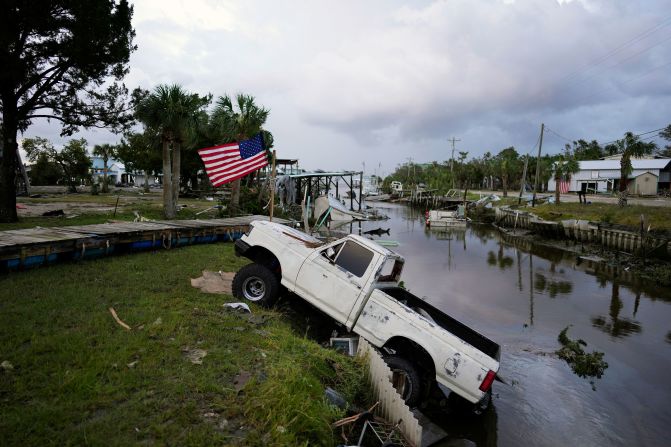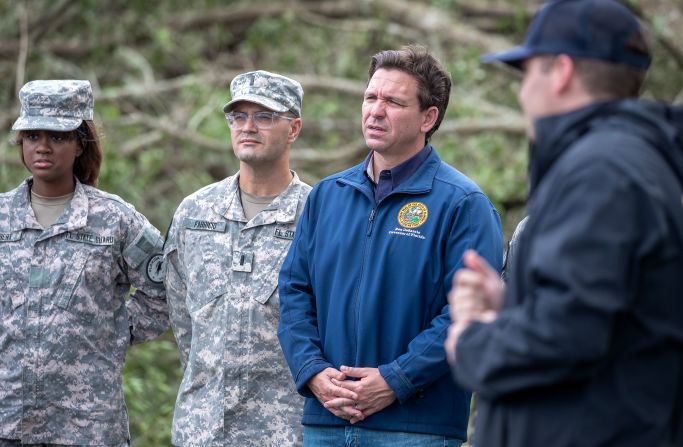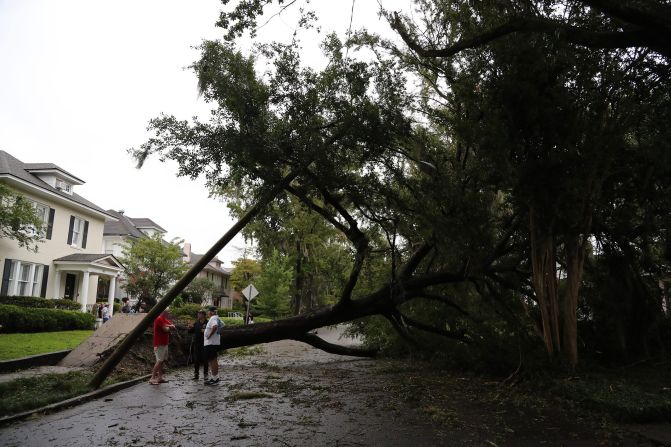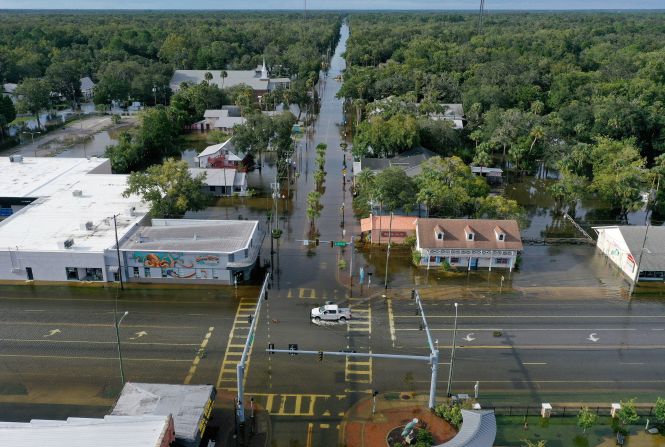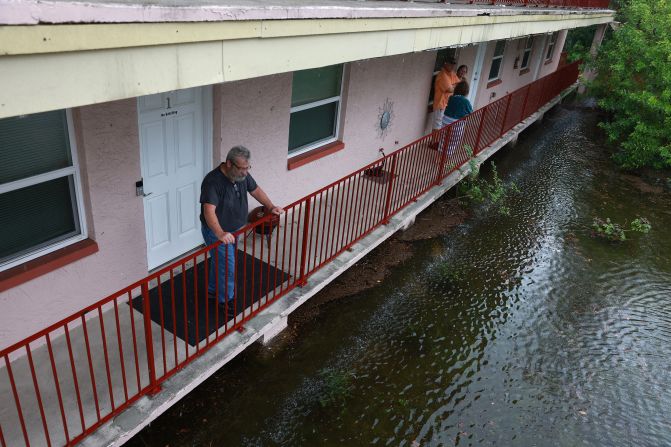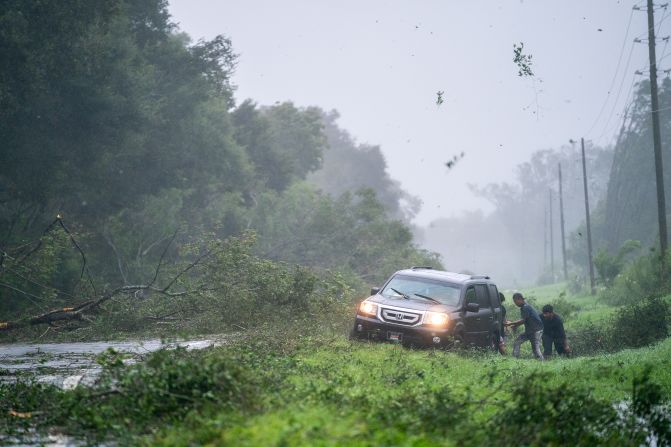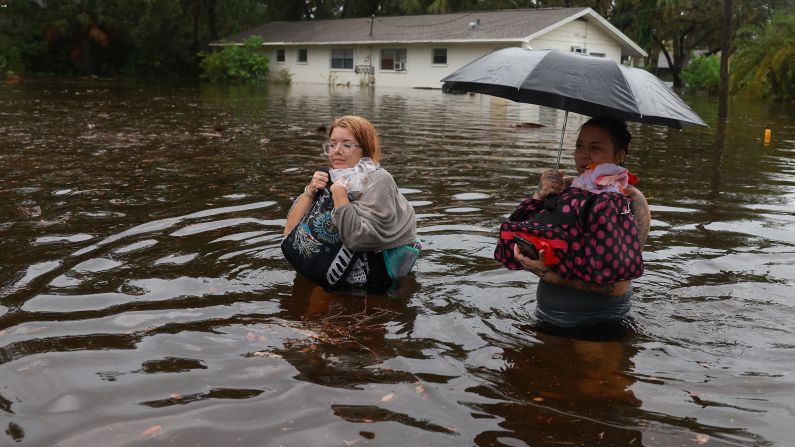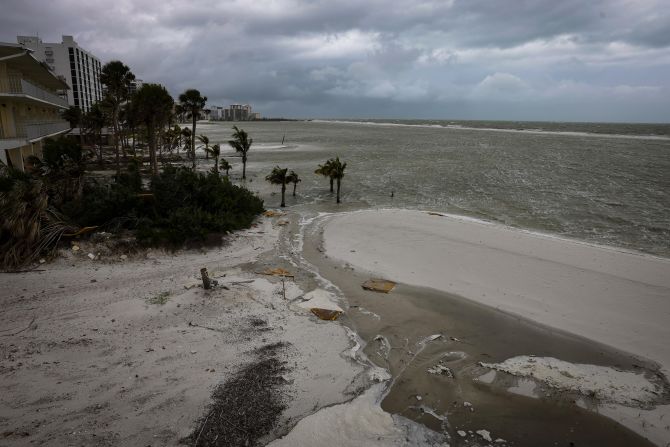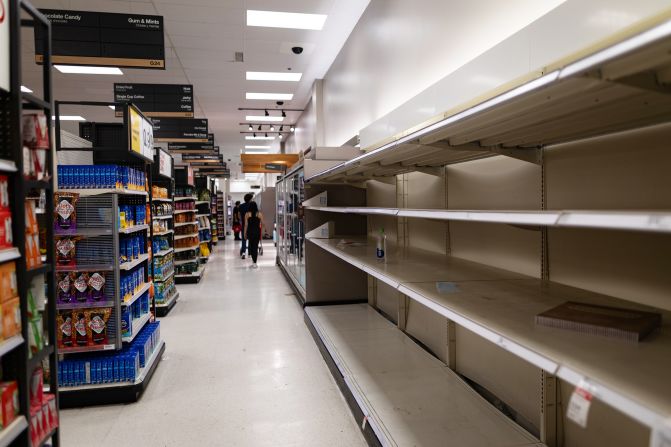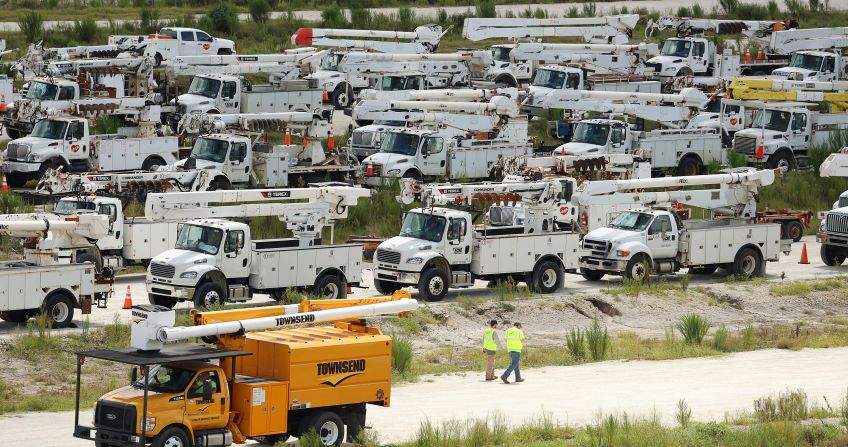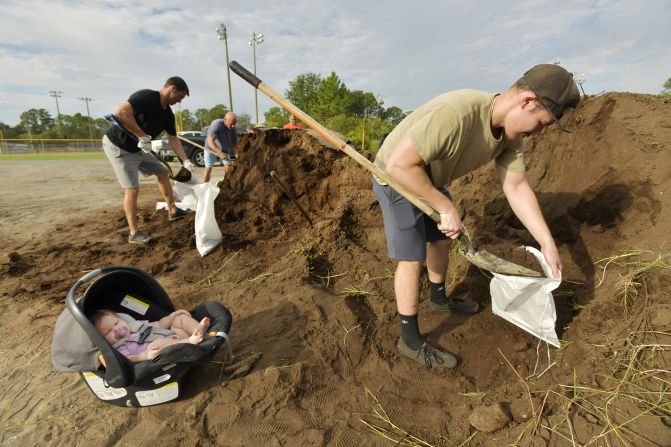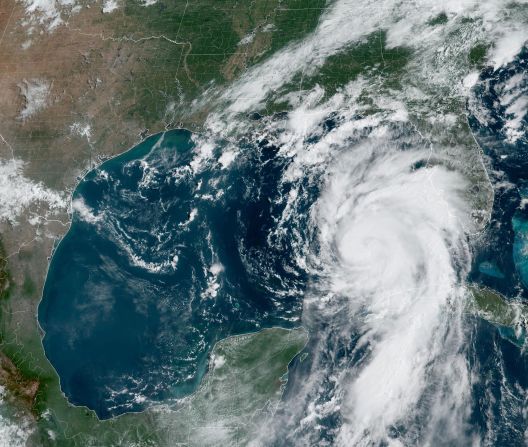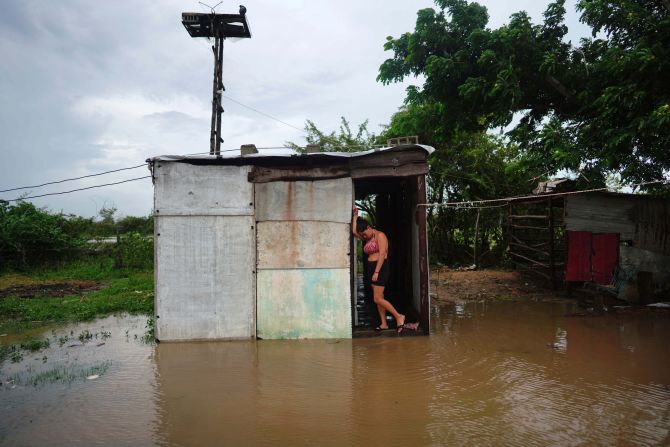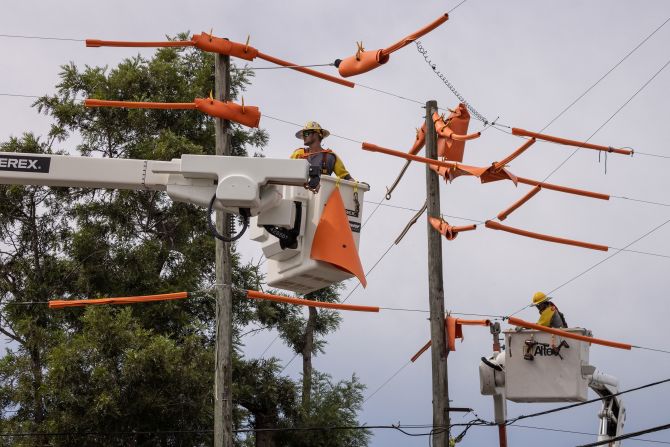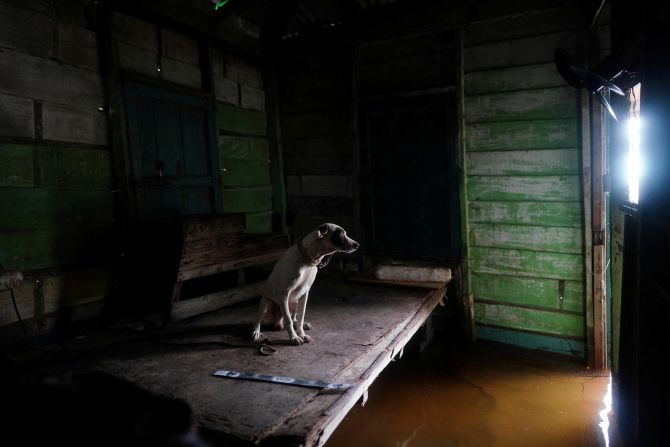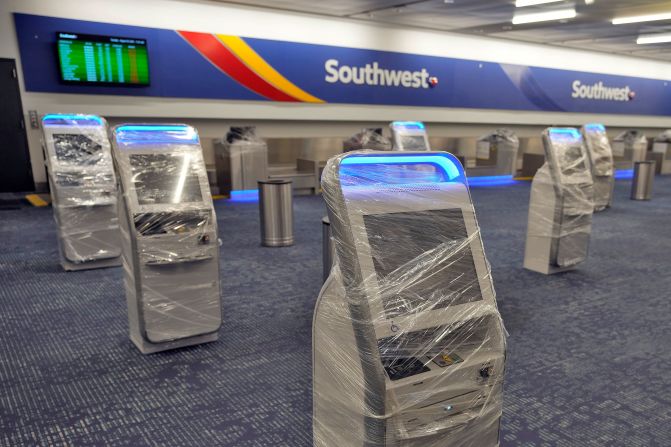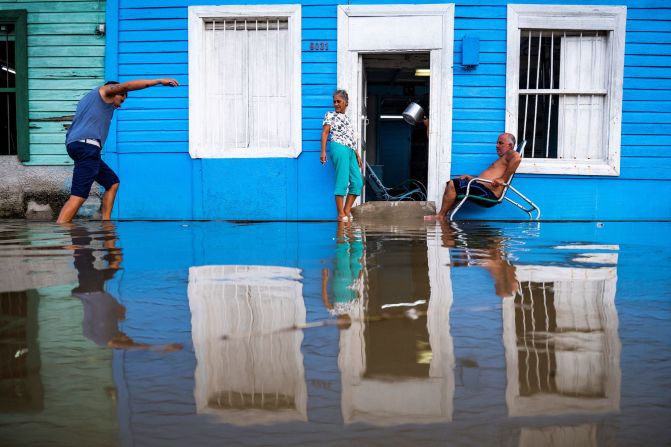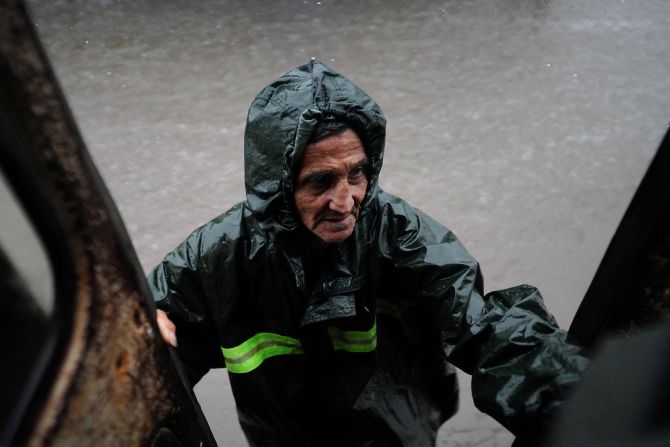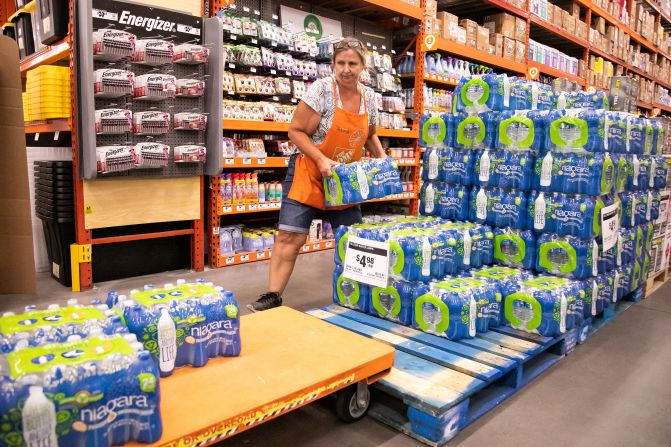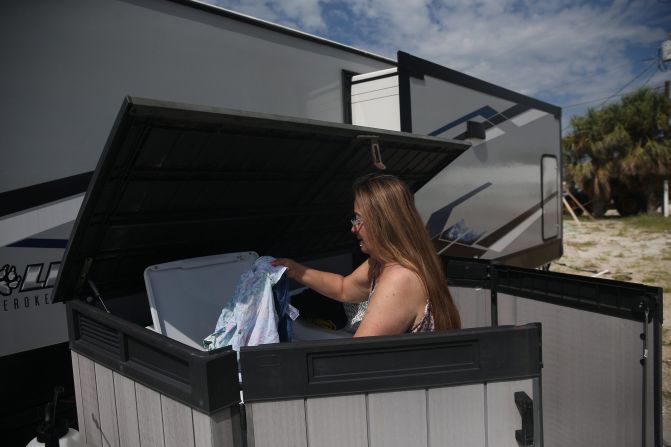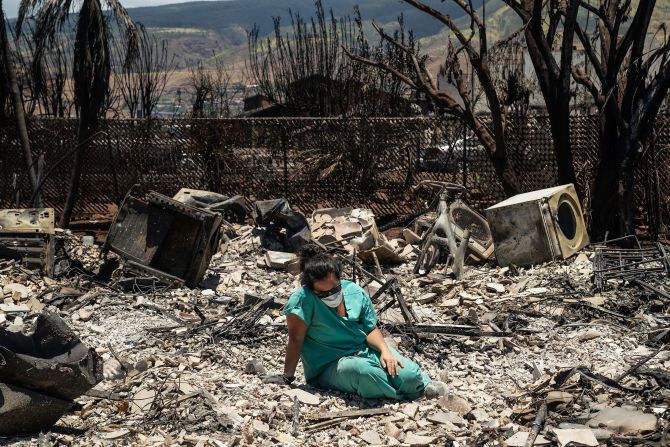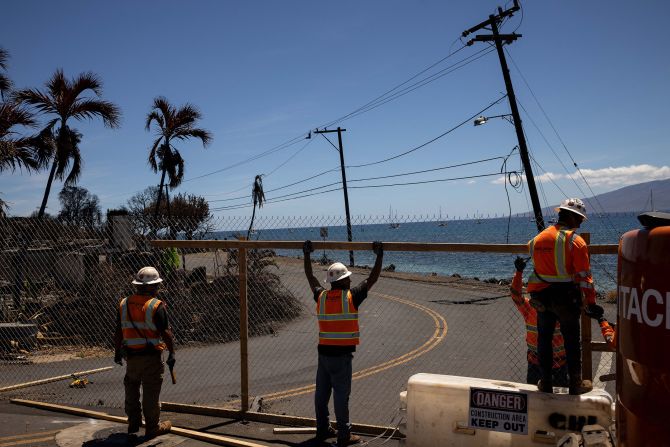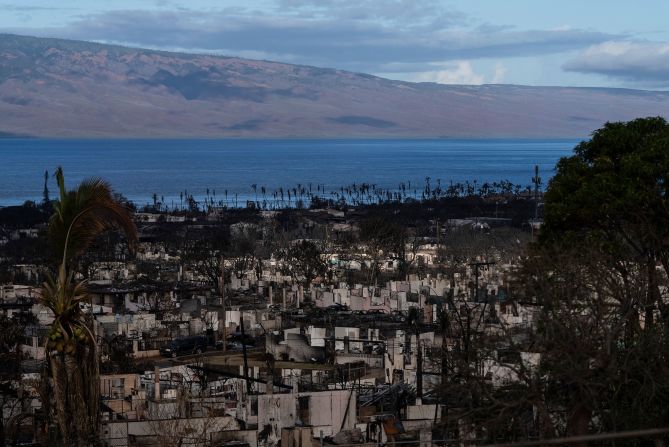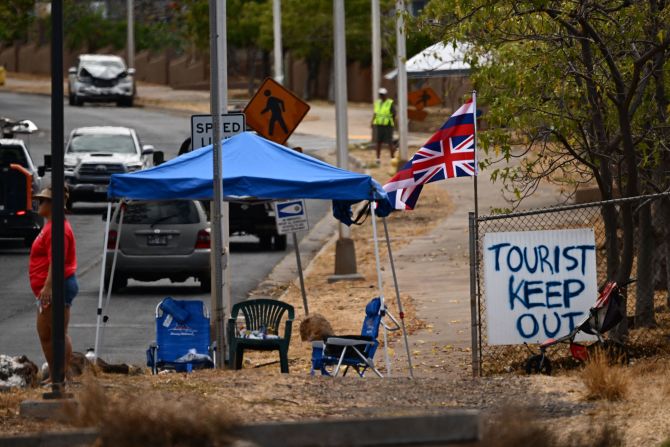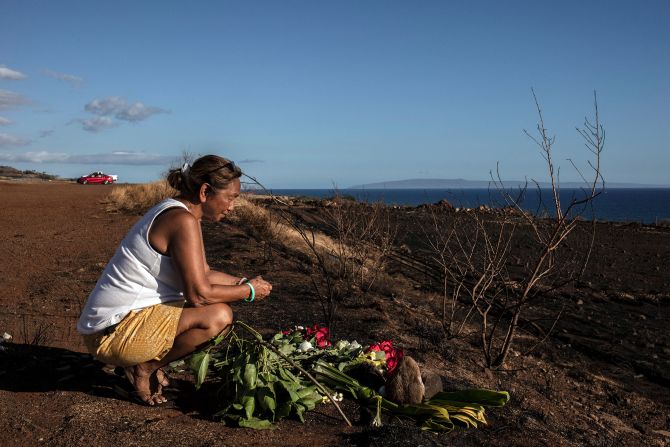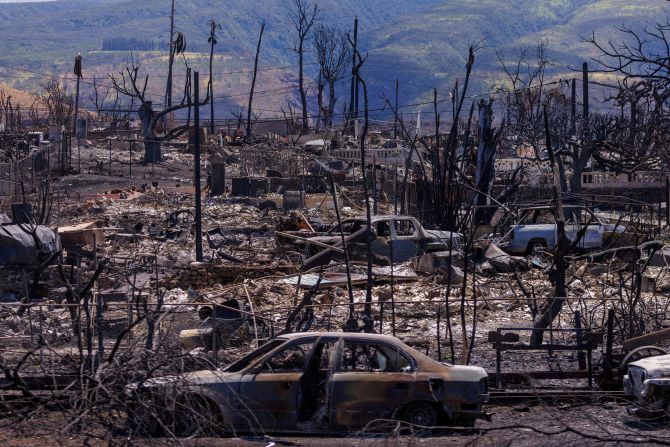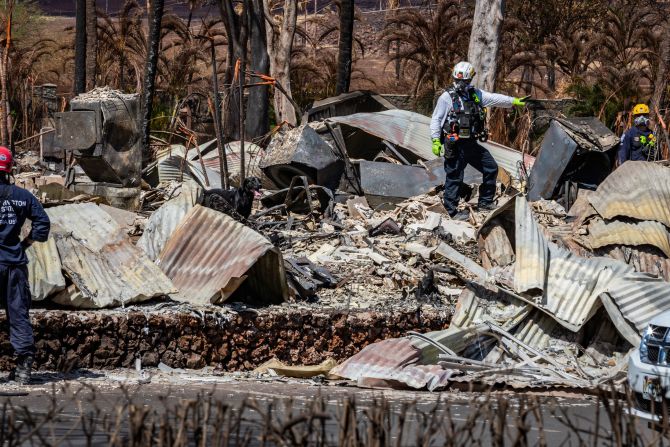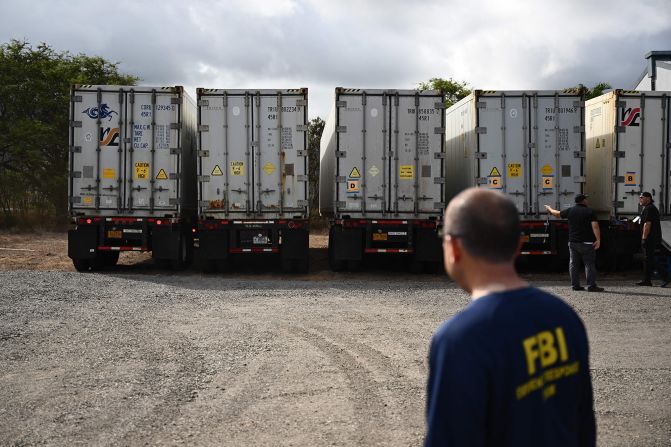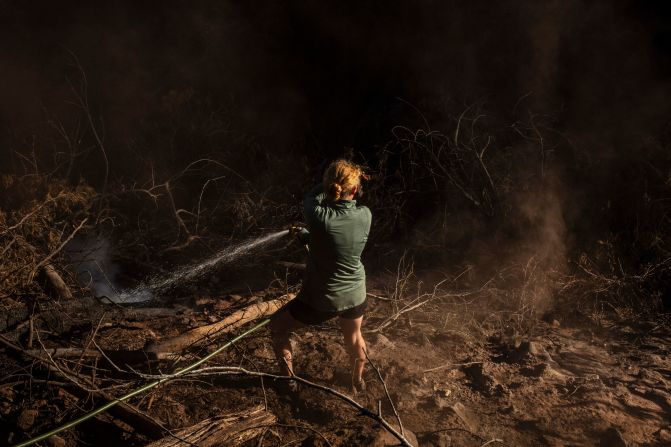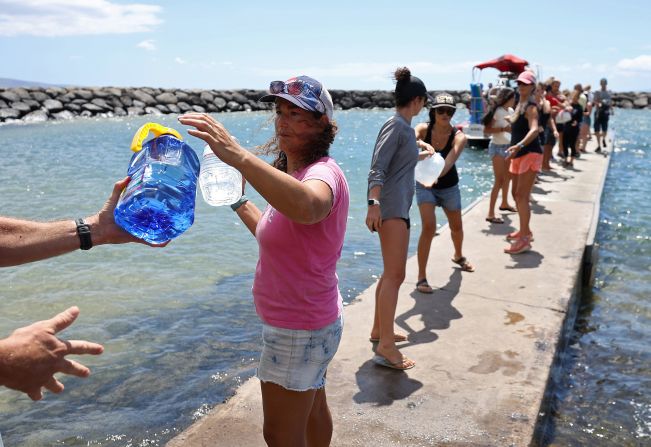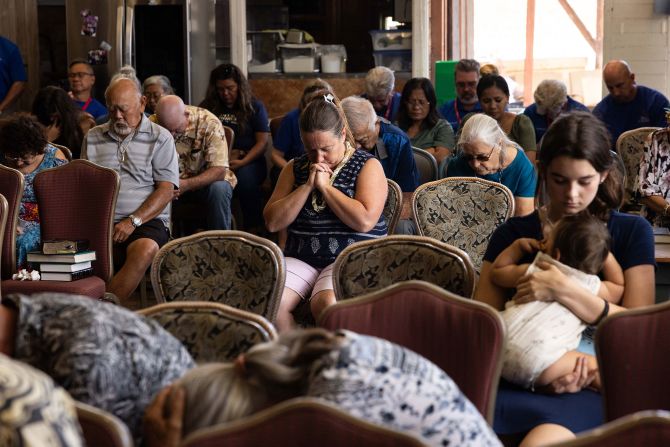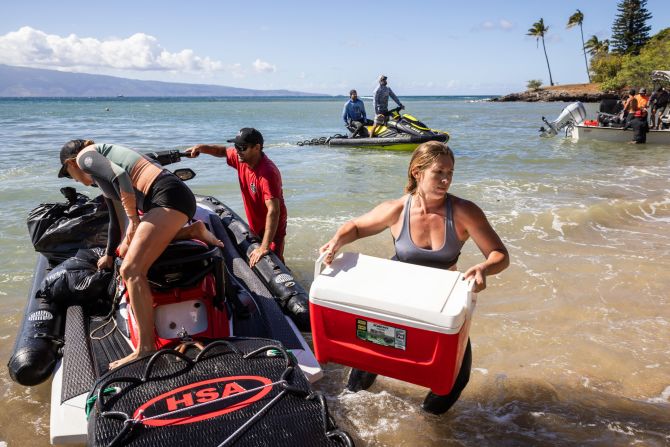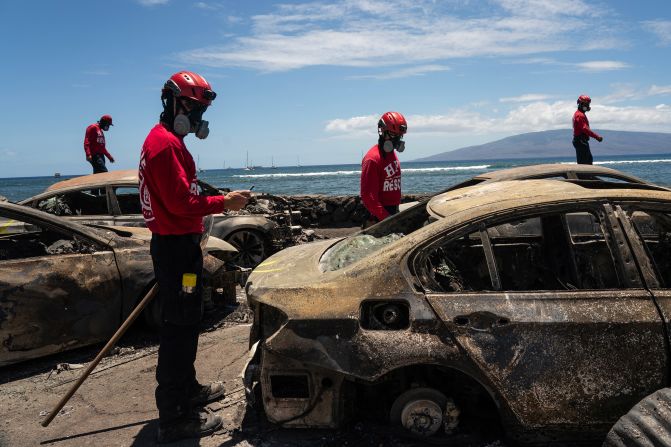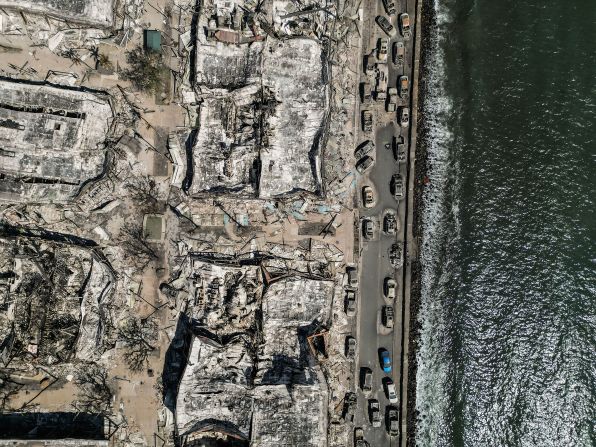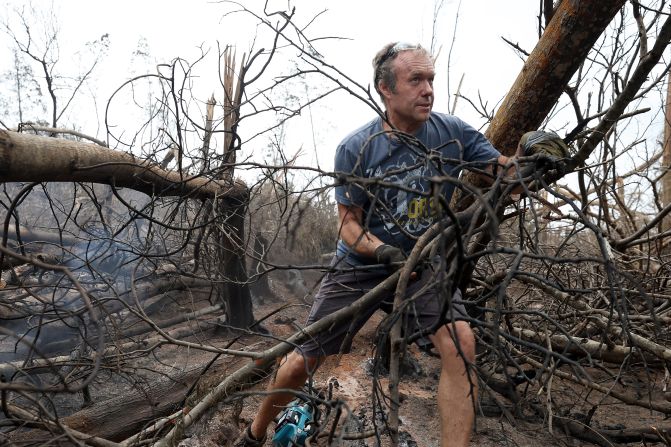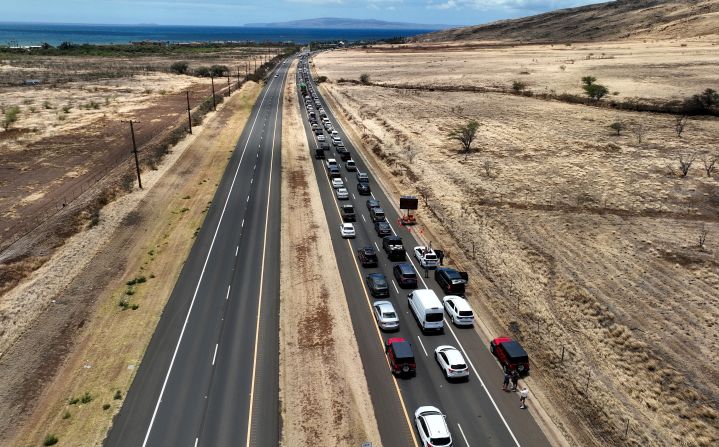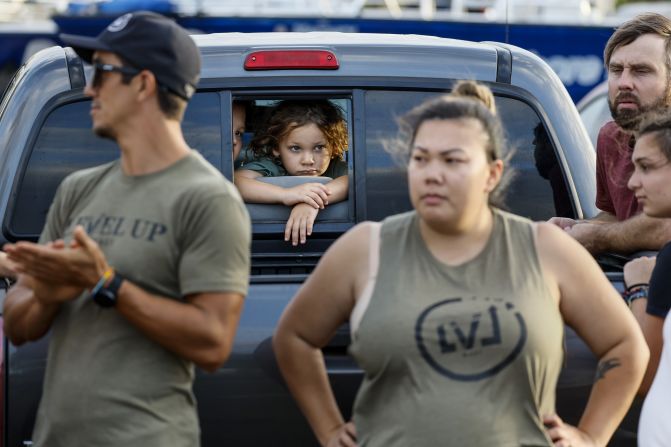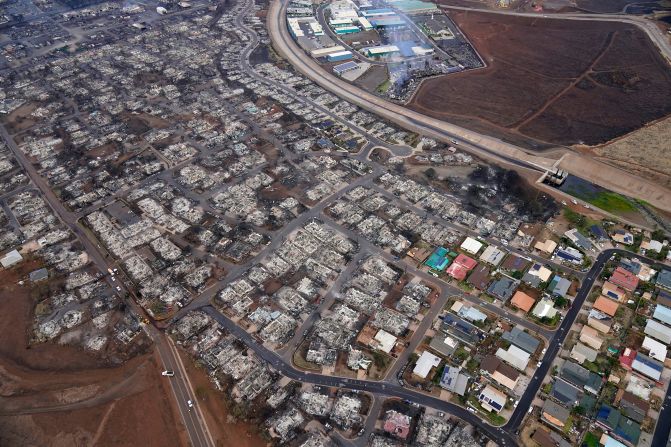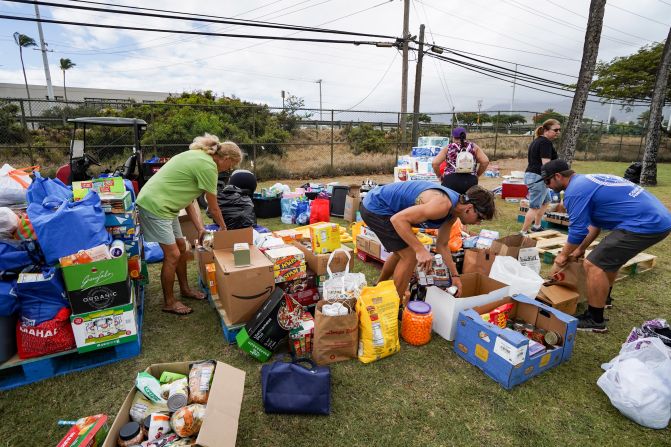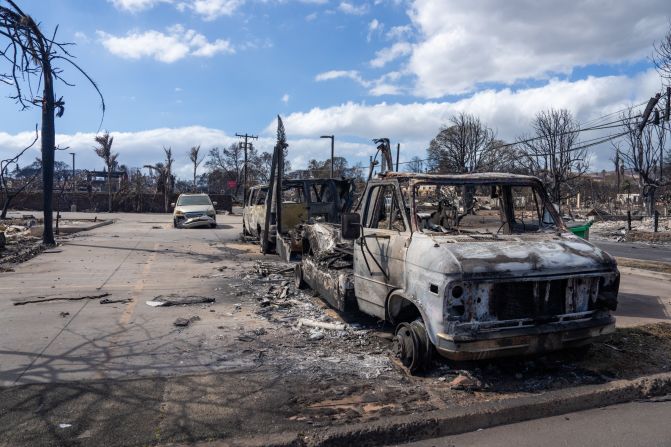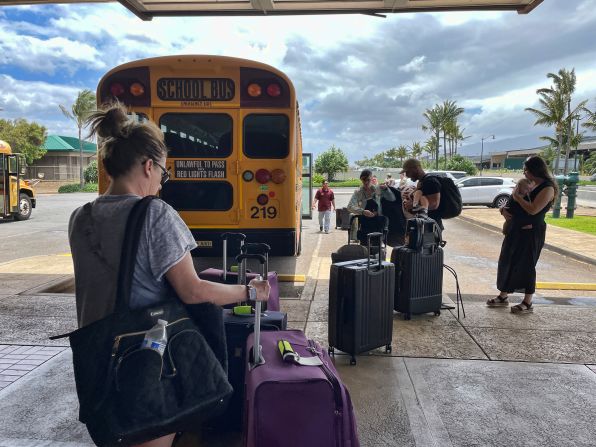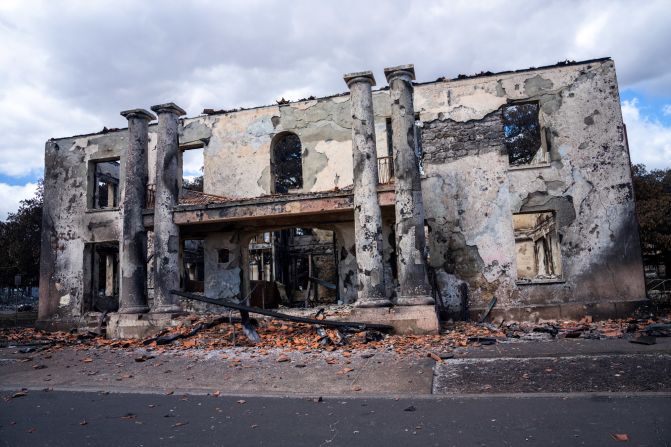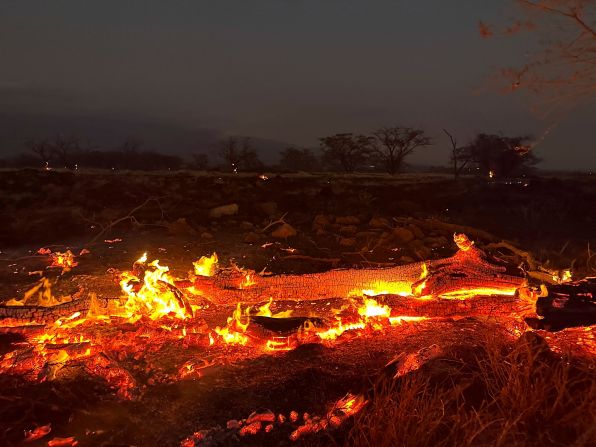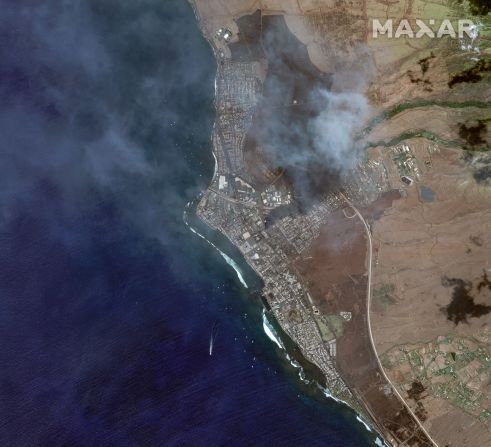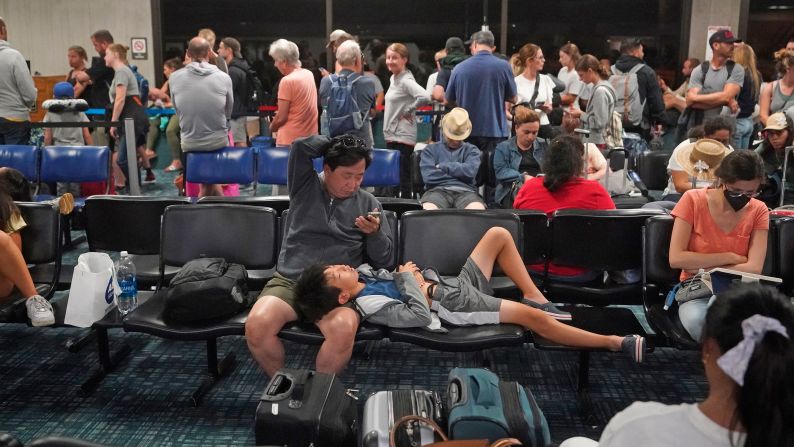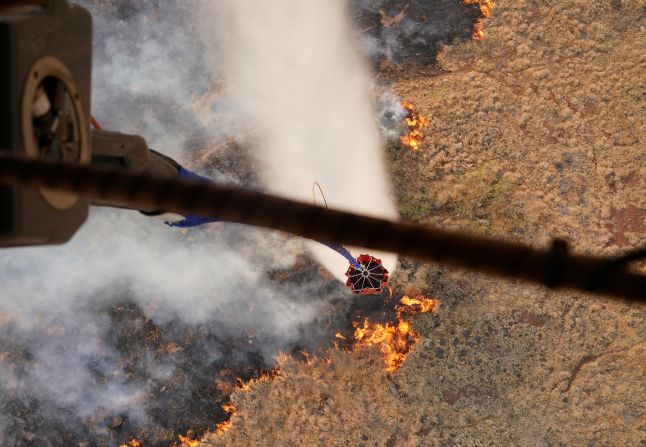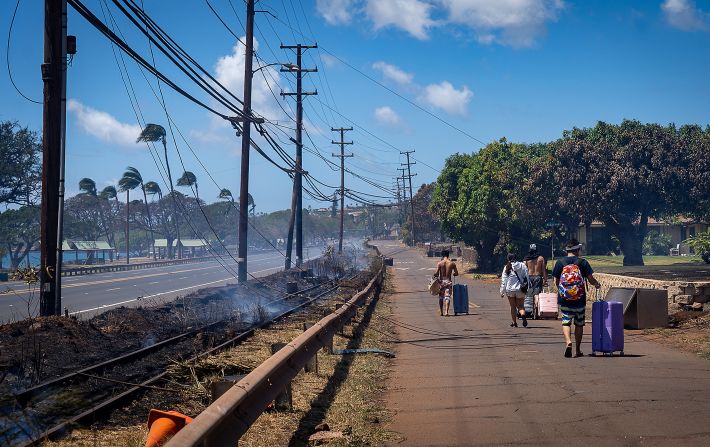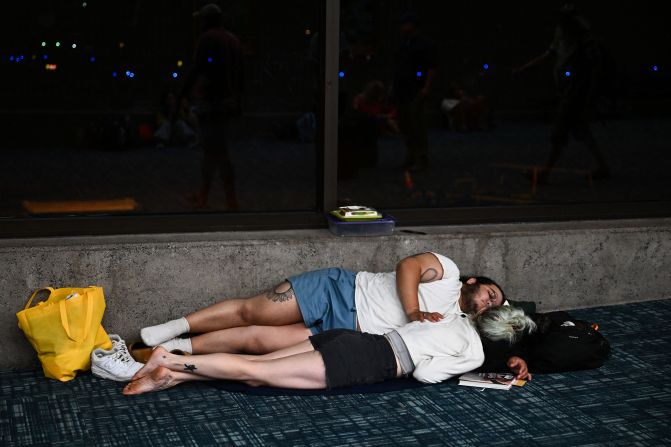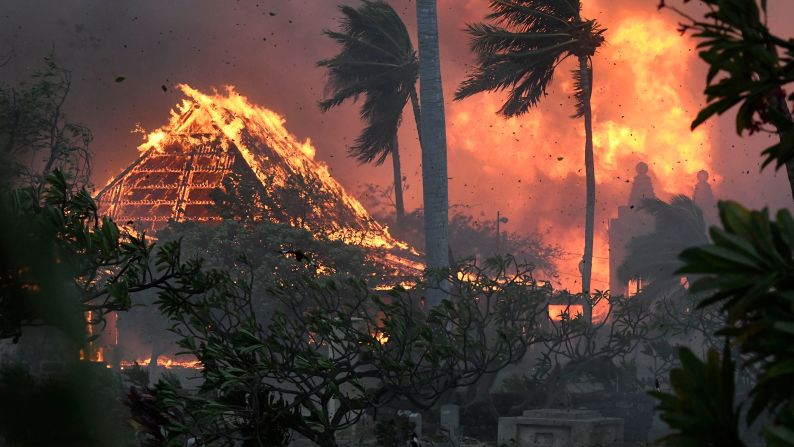It’s been a record-smashing year for the most expensive weather and climate disasters in the United States after severe storms, the deadly Maui wildfire and Hurricane Idalia tipped the scales last month.
With four months still left in the year, the US has been hit with 23 disasters that each cost at least $1 billion, according to new data from the National Oceanic and Atmospheric Administration, surpassing the previous annual record of 22 events in 2020.
This year’s billion-dollar disasters have caused 253 direct and indirect fatalities and have resulted in $57.6 billion in damage, NOAA data shows. That price tag does not yet include Hurricane Idalia.
NOAA is still analyzing whether other events, including drought in the South and Midwest and Tropical Storm Hilary, which hit southern California this summer, may have surpassed the billion-dollar mark.
The impact of extreme weather is being amplified by decisions to build and rebuild in high-risk areas, and the events themselves are being supercharged by the climate crisis, said Rachel Cleetus, a policy director at the Union of Concerned Scientists.
“These record-breaking and sobering numbers are the latest confirmation of a worsening trend in costly disasters, many of which bear the fingerprints of climate change,” Cleetus told CNN. “In addition to climate change, our choices about how and where we develop and build are also putting more people and more valuable economic assets in harm’s way, raising the toll of disasters when they do happen.”
In pictures: Hurricane Idalia
So far, this year’s economic toll ranks well behind 2017 in total cost. That was America’s costliest disaster year on record, coming in at $383 billion, with the combination of a destructive California wildfire season and major hurricanes Harvey, Irma and Maria that struck within a single month.
Increasingly, disasters are striking one after the other, stretching federal, state and local resources to respond to and rebuild from them, said Adam Smith, a climatologist with NOAA.
“The US has been impacted by (major hurricanes) in six of the last seven years, including hurricanes Harvey, Irma, Maria, Michael, Laura, Ida, Ian and most recently, Idalia,” Smith said. And the effects of those storms were felt far from the Gulf Coast in the form of destructive, extreme rainfall.
“More frequent disasters and shorter time intervals between disasters often result in less time and resources available to respond, recover and prepare for future events,” Smith said.
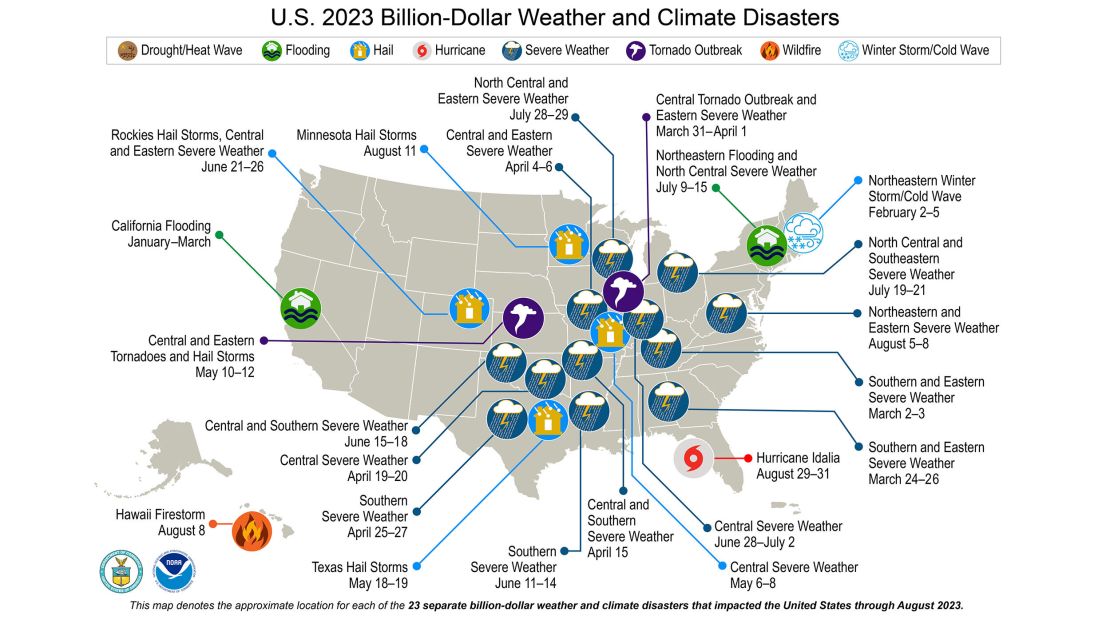
The immense price tag is putting pressure on the Federal Emergency Management Agency’s disaster relief fund this year, and FEMA administrator Deanne Criswell has warned the fund would slip into the red this month if it is not replenished.
The White House initially asked Congress for $12 billion in additional money to replenish the fund, then upped that request by another $4 billion due to the “intensity of disaster activity around the nation,” a FEMA spokesperson said.
The Senate recently passed FEMA’s request as part of a larger set of funding bills. It is unclear when lawmakers in the House will pass those bills, which also include $24 billion in money for Ukraine – something Republican leadership in the House does not support.
In pictures: The deadly Maui wildfires
Criswell told CNN in a recent interview FEMA is not just dealing with severe weather disasters during the summer – it is dealing with them all year long.
“It’s a year-round operational tempo like we have never seen before,” Criswell said.
FEMA recently announced $3 billion in climate resilience grants, funded by the bipartisan infrastructure law, to help make various communities more resilient to stronger storms, higher flood waters and wildfires.
Cleetus said as the costs of disasters continue to mount, lawmakers need to spend more on helping make buildings and infrastructure more resilient to the impacts of extreme weather, including stronger storms and more intense heat.
“This kind of a dire situation is likely to happen year after year as climate change worsens,” Cleetus said. “As a nation, we have to invest much more in getting out ahead of disasters and investing in resilience to better protect people and infrastructure, not just picking up the pieces after the fact.”


